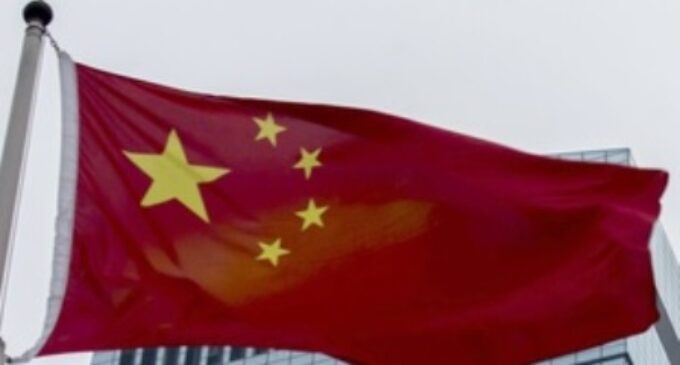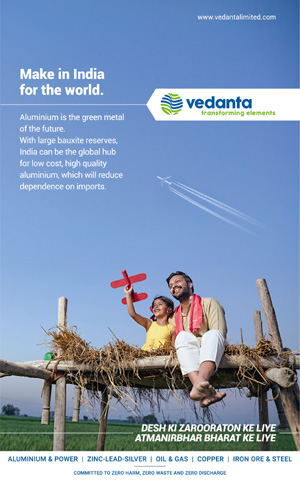Poor nations may continue to opt for China’s OBOR initiative

NEW DELHI, DEC 11: China’s Belt and Road Initiative (BRI) was launched in 2013 as Premier Xi Jinping’s new global outreach to support the development of infrastructure and connectivity for developing nations. As many as 149 countries have joined the initiative and billions of dollars have been pumped into the development of ports, roads and other infrastructure from Sri Lanka and Africa to the Middle East.
Yet it continues to be mired in controversy. India has not joined the BRI as highways being constructed for Pakistan pass through parts of Kashmir. While many poor nations in Africa and elsewhere hail China’s ability to grant quick, subsidized loans and execute these projects speedily, there are enough analysts on the other side who see China as a neo-colonizer.
In recent weeks, the BRI has been in the news for the widespread protests by local communities in Pakistan’s province of Baluchistan against China’s construction of the Gwadar deep sea port. Pakistan, a major beneficiary of China’s BRI, has signed up for dozens of projects worth over $60 billion along what is called the China Pakistan Economic Corridor (CPEC).
The protests since September, significantly led by children, have been against China taking over the municipal administration and running check-points along roads and entries to the town. They are also directed against Chinese trawlers operating off the Gwadar coast, which is hurting local fishing communities.
BRI, a new-colonial tool?
The West sees the BRI as an attempt by China to increase its influence over the developing world. Forbes, in a recent article, described BRI as “something of a Mafia-like enterprise.” The modus operandi is to approach poor countries in Africa or Central Asia who are in a high-debt situation. Quick grant of loans on easyterms along with rapid implementation through a spectrum of Chinese companies provides the initial push. However, when the host country defaults on repayments, the ownership of the project passes on to the Chinese.
Forbes estimates over a trillion dollars has been pumped into projects in Africa and elsewhere over the last decade. The oft example cited is that of Sri Lanka. In 2017, it was unable to repay the loans for the construction of the Hambantota port in the south of the country, which forced the government to hand over the lease to operate the port to a China-Sri Lanka joint venture for 99 years.
Critics say the port location was questionable and it could not generate enough traffic. Others see Hambantota Port as part of the Mahinda Rajapaksa government’s blind handover to the Chinese that pushed Sri Lanka into a debt trap; and ultimately into a wave of shortages that brought the government down earlier this year.
Let’s take Nigeria. It has embraced Chinese investment since 2006, and has benefited considerably in improving its tattered infrastructure. But the construction of railway lines and airports has come at a price. The lack of transparency in the loan terms has favoured Chinese companies, while local Nigerian companies are unable to compete and are edged out.
The Diplomat, which has traced this BRI partnership in Nigeria in its 22 November, 2022 issue, notes that: “Nigeria’s weak institutional capacity has resulted in BRI projects being mired in secrecy, corruption, and blatant disregard for domestic laws.”
Surveys support China
The flip side is most of the poor nations, especially those in Africa, believe China is a reliable partner and the Belt and Road Initiative (BRI) has contributed to infrastructure development in these countries. A survey of 7,000 leaders public positions in 140 countries carried out by AidData found: “China aid recipients were more likely to agree that their country had made progress on government accountability, physical security and social inclusion.”
A closer look at Sri Lanka’s finances reveals that its borrowings from China comes to only about 10% of the total portfolio of international debt. Further, the biggest financial burden is not borrowing from China but the need to repay international sovereign bonds (ISBs), which account for about 35% of the country’s external debt.
The survey however confirmed the perception that the Chinese are opaque in their dealings and have little regard for human rights concerns at construction sites. For India, the BRI debate will remain academic. Given China’s projects have encroached on Kashmir, India can hardly be expected to join the Chinese programme.
For the developing world though, the Belt and Road Initiative (BRI) is a real alternative for fast-tracking infrastructure. It guarantees early sanction and easy terms; and probably the Chinese meddle less in the internal affairs of the host nations compared to their Western counterparts. With Russia bogged down militarily in Ukraine and paying a high economic price, the importance of China is bound to grow.
Much of the criticism of the Belt and Road Initiative can also be sourced to Western Sino-phobic think tanks that see the rise of China as a threat to the West. On the other hand, anecdotal evidence and surveys do show China’s dealings with other nations is shadowy and opaque; and this will drag it down in the long run.
-TNIE






